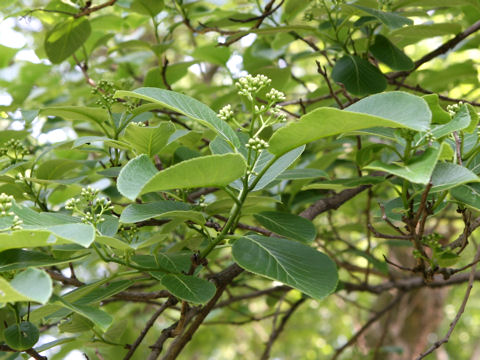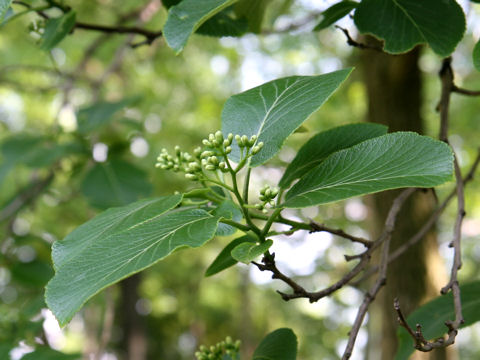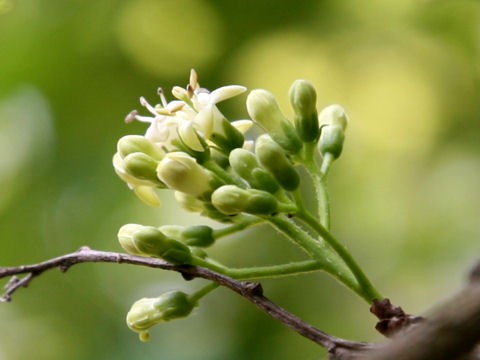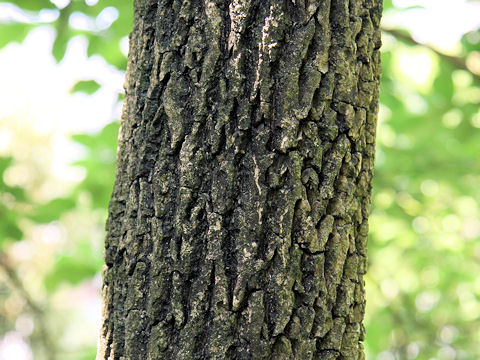 |








|

|
íªÌªdR©çäpAtBsA}[VA»êÉI[XgAɪzµÄ¢Ü·BCÝ¢ÌánÑɶ¦A³ÍPO[gÙÇÉÈèÜ·BtÍóÈ~`ÅSAݶµÜ·BT©çU²ëA}æÉWUÔð¾µA¬³ÈFÌÔð穹ܷBÔ¥ÍRl`Åæ[ªTôµAôÐͽèÔèÜ·BÊÀÍ
`ÅÔFÉnµÜ·BʼÅuâ¦âÜ¿µáÌ«iªdRäÌØjvÆàÄÎêÜ·B
|

|
TLÈ`VmL®ÌíÎØÅAw¼Í Ehretia dichotomaBp¼Í èܹñB
|

|
"Ryukyu-chisha-no-ki" (Ehretia dichotoma) belongs to Boraginaceae (the Borage family). It is a tall evergreen tree that is distributed from the Yaeyama Islands in Japan to Taiwan, the Philippines, Malaysia and Australia. This tree grwos in coastal lowland forests and can reach about 10 m in height. The leaves are ovate-elliptic, entire and alternate. The corymbs are borne on the terminal branchlets and bloom small white flowers from May to June. The corolla is funnel-shape and divided into 5 lobes at the tips, and the lobes are recurving. The fruits are globose and ripen red-brown.
|

|
åã{ðìsuåãsåt®A¨vÉÄA2007N0522úBeB
|



